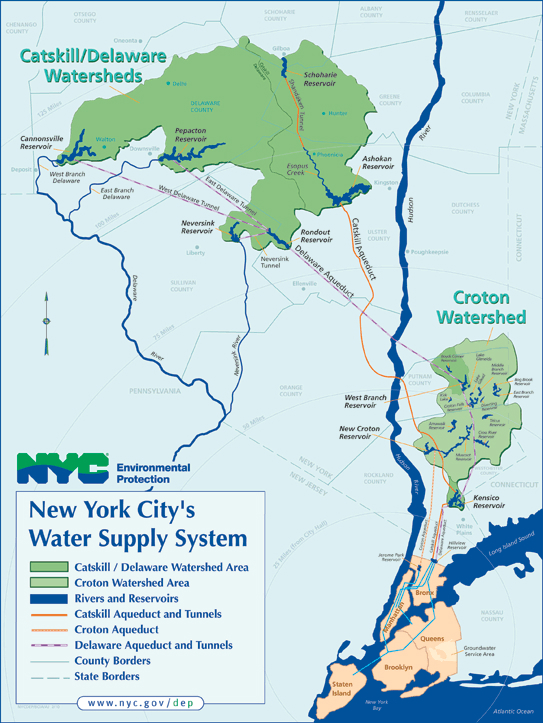In the south side of Alley Pond Park, my group and I were searching for amphibians under logs and surrounding a small pond covered in algae. My twitter post includes pictures of the some of the critters we found.
One of the species shown is a spotted salamander, or Ambystoma maculate. We were warned not to hold the salamander by its tail as it can easily fall off. Additionally, salamanders do not have lungs. Instead, they breathe through pores on their skin so they should not be held for too long, as that can dry out their skin by preventing air form entering their lungs. Another salamander we found is the red-back salamander, or Plethodon cinerius. This salamander was slightly larger than the spotted salamander. These salamanders were found under logs. They “hide” from the sun in order to cool off. They lay their eggs in freshwater sources like ponds.
Towards the end of our walk through the woods, we saw an American toad, or Anaxyrus americanus, jumping around. The glands on the head of the toad, if pressed, can release poison.
One interesting question that was raised during our trip was whether or not the logs that the amphibians were found under should be considered a biotic or an abiotic factor. Certainly for the amphibian, the log acts as an abiotic factor, a habitat it lives off of. On the other hand, the log came off of a tree which is a biotic factor. This is the opinion that I believe to be true since the origin of the “factor” determines its status as living or nonliving.



 In 2018, the CopehnHill, a waste management and energy plant will open in Copenhagen. The facility will be the most efficient energy saving plant in the world. Sustainability does not have to be boring. The facility will include water sports, soccer fields, go-kart track, and a ski slope on its roof. The plant will be able to produce 25% more energy than the former plant with the same amount of waste. It will power 160,000 households across Copenhagen. The technology that powers the plant will also make it the most efficient waste burning plant in the world and allow for flexibility for future energy production.
In 2018, the CopehnHill, a waste management and energy plant will open in Copenhagen. The facility will be the most efficient energy saving plant in the world. Sustainability does not have to be boring. The facility will include water sports, soccer fields, go-kart track, and a ski slope on its roof. The plant will be able to produce 25% more energy than the former plant with the same amount of waste. It will power 160,000 households across Copenhagen. The technology that powers the plant will also make it the most efficient waste burning plant in the world and allow for flexibility for future energy production.


